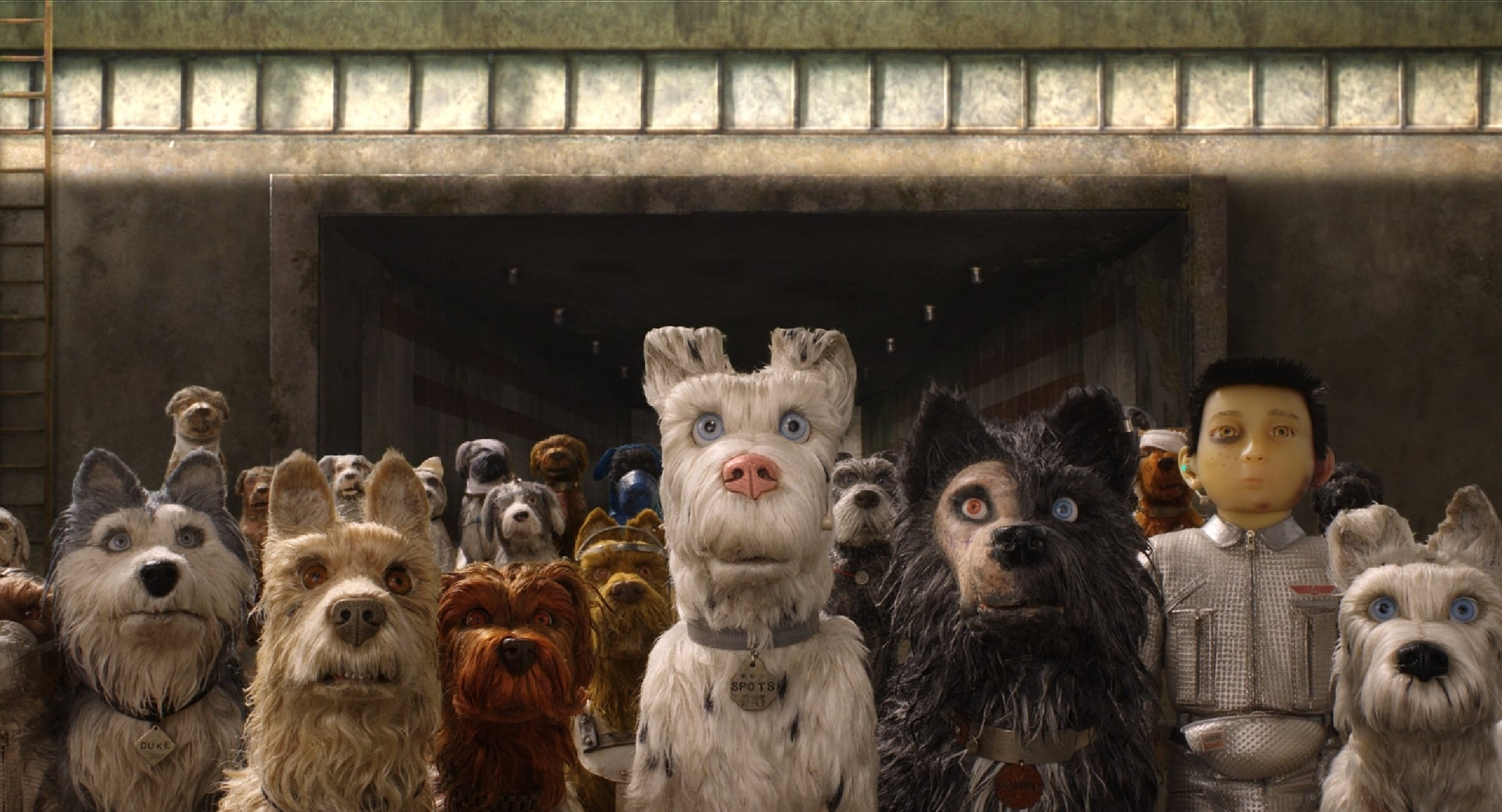Isle of Dogs – Film Review
Published November 21, 2023

Isle of Dogs, the whimsical and exquisitely crafted brainchild of esteemed director Wes Anderson, succeeds in constructing a dazzling cinematic realm that is teeming with biting social commentary, touching allegories, and whimsical humor. It’s a fantastic cinematic experience.
Wes Anderson has once again shown that his artistic genius does not solely reside within the live-action genre. His ventures into stop-motion animation, earlier witnessed in Fantastic Mr. Fox, receive an unforgettable encore in Isle of Dogs. This 101-minute long fable tells the poignant story of man’s best friend and their unbending loyalty amidst political conspiracies, pollution epidemics, and complex social structures. However, as stunning and captivating as it may be, a few uneven narrative threads deny the film the honor of a perfect score.
The film centers around the fictional city of Megasaki, whose autocratic mayor, Kobayashi, exiles all dogs to a wasteland known as Trash Island, citing a faux dog-flu scare. Amidst this isolation, five steadfast canine compatriots Chief (voiced by Bryan Cranston), Rex (Edward Norton), King (Bob Balaban), Duke (Jeff Goldblum), and Boss (Bill Murray) take upon themselves the mission of aiding the brave 12-year-old Atari Kobayashi (Koyu Rankin), the mayor’s nephew, in his quest to locate his lost guard-dog, Spots.
The commendable vocal ensemble injects vivacious charm into their dog characters, effectively humanizing them, which complements Anderson’s anthropomorphism remarkably well. Each character’s backstory is poignantly explored, inducing depth into the narrative and developing an emotional bond with the audience. Bryan Cranston’s Chief character’s heart-wrenching transformation from a callous stray to a loyal, soft-hearted dog provides an emotional backbone to the film. Additionally, Greta Gerwig as a fervid exchange student who aids Atari is one of the few memorable human roles.
Crafted meticulously with tangible sets and dolls, Isle of Dogs features remarkable detailing, flaunting Anderson’s fascination with symmetry, lateral camera moves, and a keen sense of composition. His frequent collaborators Alexandre Desplat and Robert D. Yeoman work harmoniously to compose an exceptional score that resonates perfectly with the storyline, heightening the movie’s atmospherics.
Though it might seem to revolve around adorable furry dogs, the film is no typical canine-centered heartwarmer. Instead, it is teeming with a lot of heartache, manipulation, discrimination, rebellion, and survival. Anderson threads dark humor, wistful nostalgia, and sociopolitical undertones together, thus elevating Isle of Dogs beyond a simplistic animal film.
A pivotal strength lies in the political commentary, clearly a satirical dig at regimes which rule through manipulation, fear, and lies. The concept of othering, evident in the dogs’ exile, finds relevance in the present world politics, portraying societal stratifications subtly. Furthermore, Anderson boldly infuses human qualities in dogs and juxtaposes their honest love and loyalty with the deviousness of the human world, a timeless reminder of why we refer to dogs as man’s best friend.
Despite the striking aesthetics, one can’t overlook a few narrative missteps. A notable flaw is its cultural depiction. Some accuse Anderson of cultural appropriation and stereotyping, even though he treats the Japanese aesthetics with a high degree of respect. The film indulges in Japanophilia, making its environment more exotic than authentic. Another criticism would be its considerable reliance on expository translation. Also, though there is an intriguing line-up of Japanese talent, their screen presence is marginal compared to their Western counterparts.
Still, Anderson’s heartfelt affection towards dogs radiates throughout, exemplifying them as symbolic representatives of love, trust, loyalty, bravery, and resilience. Even if the human elements falter slightly, the touching tribute to our furry friends is reason enough for us to cheer.
Isle of Dogs, therefore, showcases a distinctive Anderson masterpiece – stylistically inventive, whimsically funny, yet dotted with heartfelt moments that tug at your heartstrings. The inventive visuals combined with resonating voice performances provide a fresh lens to the familiar theme of companionship. Despite minor narrative fumbles and cultural stereotyping, this brilliant fable emerges as a winner. For lovers of canine camaraderie, eye-pleasing aesthetics, and detailed filmmaking, Isle of Dogs is undoubtedly an unmissable adventure.
